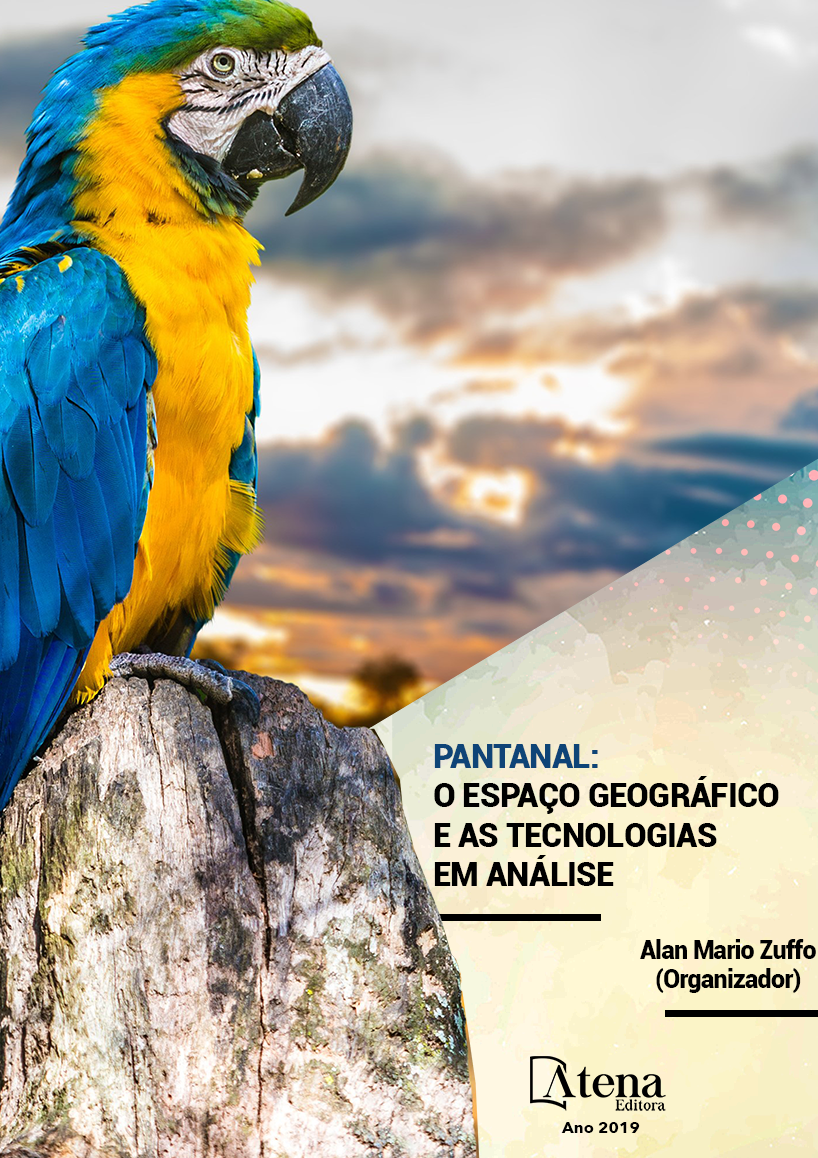
MODELOS DE DISTRIBUIÇÃO DE DUAS ESPÉCIES ARBÓREAS DO PANTANAL COM PACOTES CLIMÁTICOS DO QUATERNÁRIO
Mauritia flexuosa L. f. espécie
arbórea que ocupada ambientes úmidos e
solos ácidos. Tabebuia aurea(SilvaManso)
Benth.&Hook.f.exS.Moore, é uma espécie
de ocorrência monodominante no Pantanal,
gerando áreas extensas denominadas
localmente como “paratudal”. Foram gerados
modelos da distribuição potencial de ambas as
espécies com conjunto de dados climáticos do
Último Máximo Glacial (UMG, ca. 22.000 anos
AP), Médio Holoceno (MH, ca. 6.000 anos AP)
e cenário atual em duas versões Worldclim 1.4
e 2.0, gerados e avaliados pelo algoritmo do
programa MaxEnt, o qual associa a informação
geográfica de pontos de ocorrência (dados
bióticos) com variáveis ambientais (dados
abióticos) do presente e do passado. As espécies
apresentaram distribuição potencial de acordo
com a história biogeográfica da América do
Sul, tanto na regressão das geleiras quanto na
formação da diagonal das áreas secas. No MH
e UMG as áreas de adequabilidades ambientais
se mostraram maiores que no presente.
Muitos trabalhos sobre variações climáticas
no continente sul americano confirmam as
sugestões do modelos propostos.
MODELOS DE DISTRIBUIÇÃO DE DUAS ESPÉCIES ARBÓREAS DO PANTANAL COM PACOTES CLIMÁTICOS DO QUATERNÁRIO
-
DOI: 10.22533/at.ed.22719290313
-
Palavras-chave: Mauritia flexuosa,Tabebuia aurea, distribuição de espécies, médio holoceno e ultimo maximo glacial.
-
Keywords: Mauritia flexuosa,Tabebuia aurea, species distribution, mid-holocene and last glacial maximum.
-
Abstract:
Mauritia flexuosa L. f. arboreal
species that occupied humid environments and
acid soils.Tabebuia aurea (Silva Manso) Benth. &
Hook.f.ex S.Moore, is a monodominant species
in the Pantanal, enerating extensive areas
denominated locally as “paratudal”. Models of
the potential distribution of both species with
climatic data set of the Last Glacial Maximum
(UMG, 22,000 years AP),Holocene Medium
(MH, ca. 6000 years AP) and current scenario in
two versions Worldclim 1.4 and 2.0,generated
and evaluated by the algorithm of the MaxEnt
program, which associates the geographical
information of points of occurrence (biotic data)
with environmental variables (abiotic data) of the
present and the past. The species presented a
potential distribution according to the biogeographic history of South America, both in
the regression of the glaciers and in the diagonal formation of the dry areas.In MH and
UMG the areas of environmental adequacy were higher than at present. Many works
on climatic variations in the South American continent confirm the suggestions of the
proposed models.
-
Número de páginas: 15
- Kelvin Felix Barbosa Barros
- Alan Sciamarelli
- Mariele Ramona Torgeski


